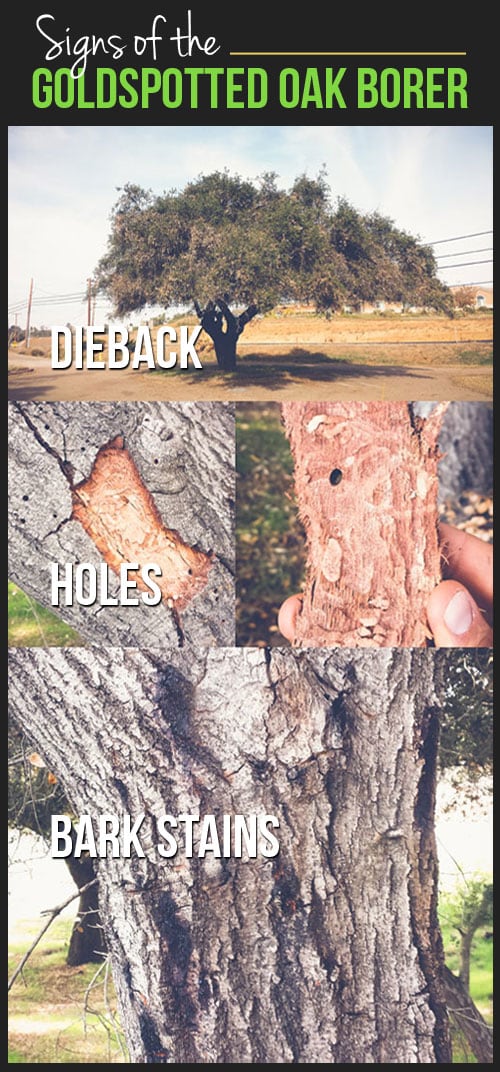Safeguarding Your Landscape: Replanting After Tree Removal
Safeguarding Your Landscape: Replanting After Tree Removal
Blog Article
Write- programmed facility management Created By-Thorup Yde
Tree removal can leave a space in your landscape that requires filling. You can grow something brand-new in that area, yet it takes additional care and interest at the beginning to assist it flourish.
The dirt in that location will keep changing with time as microbes break down the old origins. That can influence the vitamins and mineral equilibrium and physical room for brand-new growth.
Soil
The dirt in a story where a tree has been removed is likely to be really various from the rest of your garden or yard. The roots of the old tree and the stump will have transformed the dirt, eliminating some nutrients and possibly crowding out various other plants. On top of that, if the previous tree was infected, the infectious representative may still remain in the ground.
The visibility of roots promotes a rich and varied neighborhood of dirt microbes that boosts important processes like nutrient biking and raw material decay. Without these bacteria, the displaced soil can come to be much less abundant and nutrient-depleted, with a negative effect on plant growth.
Before replanting, the dirt must be removed of debris and organic product (such as timber chips from stump grinding). You might desire to mix in potting dirt or indigenous dirt with this compost to provide your brand-new planting with an environment that is well balanced and filled with nutrients.
Water
Tree origins take in huge amounts of water from the dirt. This process additionally includes nutrients back to the dirt, specifically nitrogen, which is necessary for new trees and plants. However, old soil can be diminished of these essential minerals due to the rotting origins and stump from an eliminated tree.
This is why it is essential to have a plan for the future of your landscape. Ideally, https://gunnerpyiqy.wssblogs.com/29358786/identifying-the-correct-time-for-tree-elimination-a-guide-for-homeowners to plant is when you have a clean slate.
Whether you're planting yard or blossoms, see to it to utilize a soaker pipe to prevent overwatering your new landscape design. If the area was a garden, ensure to cover the dirt with natural compost to help maintain wetness in the dirt, control soil temperatures and reduce weeds. This additionally supplies a layer of protection for young plants and advertises worm activity. After that, routinely replenish the compost to proceed enhancing the dirt nutrient density and microbial life. This is known as dirt remediation.
Light
Trees are a wonderful addition to any type of landscape, providing color, aesthetic pulchritude, and many various other benefits. Nevertheless, occasionally trees come to be unsightly due to a selection of factors, consisting of condition, pest infestations and natural aging.
In such instances, it may be required to remove a tree. It is very important to consider the worth of a certain tree in your landscape design and take the proper steps to guarantee that the removal is done safely and efficiently.
During the late summer season, it's an optimal time to do maintenance and examinations on existing trees. Try to find signs of illness, insect infestations, or architectural damage, as well as any kind of possible risks such as weakened or leaning trees.
Before beginning any type of building tasks, make certain to protect the root areas of existing trees by staying clear of dirt compaction and grading around them. Raw material, as it breaks down, can generate toxic gases that are detrimental to the roots of a tree. It's additionally a great idea to mulch the location around a tree after building has actually completed to conserve moisture and subdue weed growth.
Temperature
Trees are necessary to a landscape for their visual allure, but they also play an essential duty in the local ecological community by providing shade and windbreaks. They sustain wildlife environments and lower the quantity of co2 in the air, which can add to global warming. This is why it is advisable to replant trees after removing one from the property.
When replanting a brand-new tree in the area of a previous stump, the soil might not have sufficient nutrients to sustain it. It is best to wait on a year before planting to make certain that the soil will be abundant in nutrients.
To guarantee that replanted trees thrive, it is important to offer them with proper care. on front page of compost will certainly keep dirt moisture from vaporizing, manage soil temperature level, and help reduce weeds. Organic compost is the favored option since it boosts soil fertility. Recurring fertilizing and pest control are also vital for replanted trees.